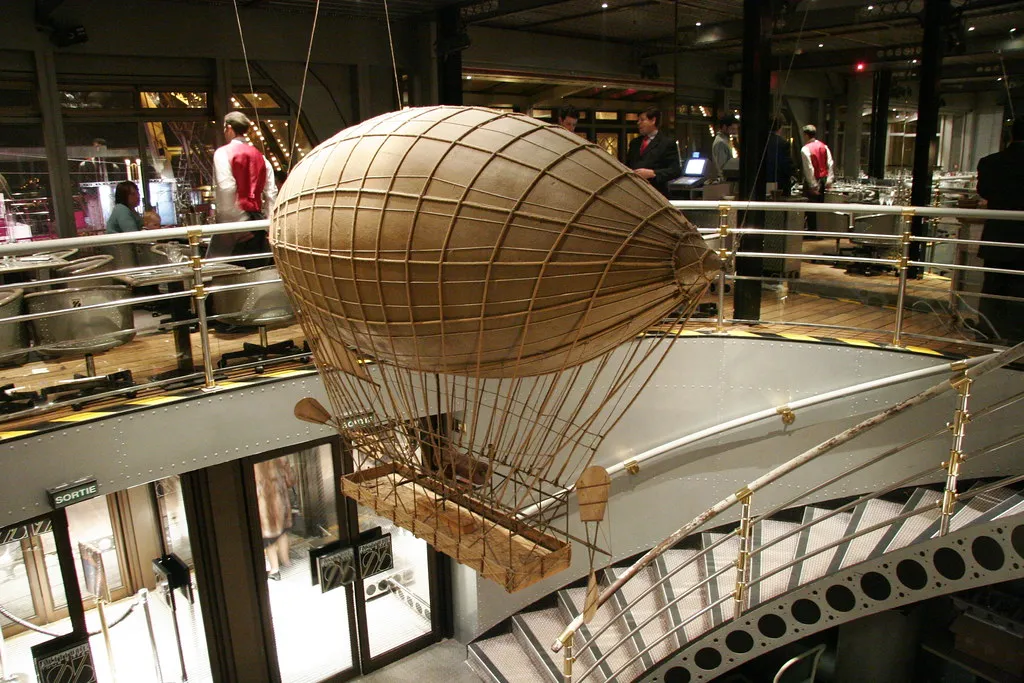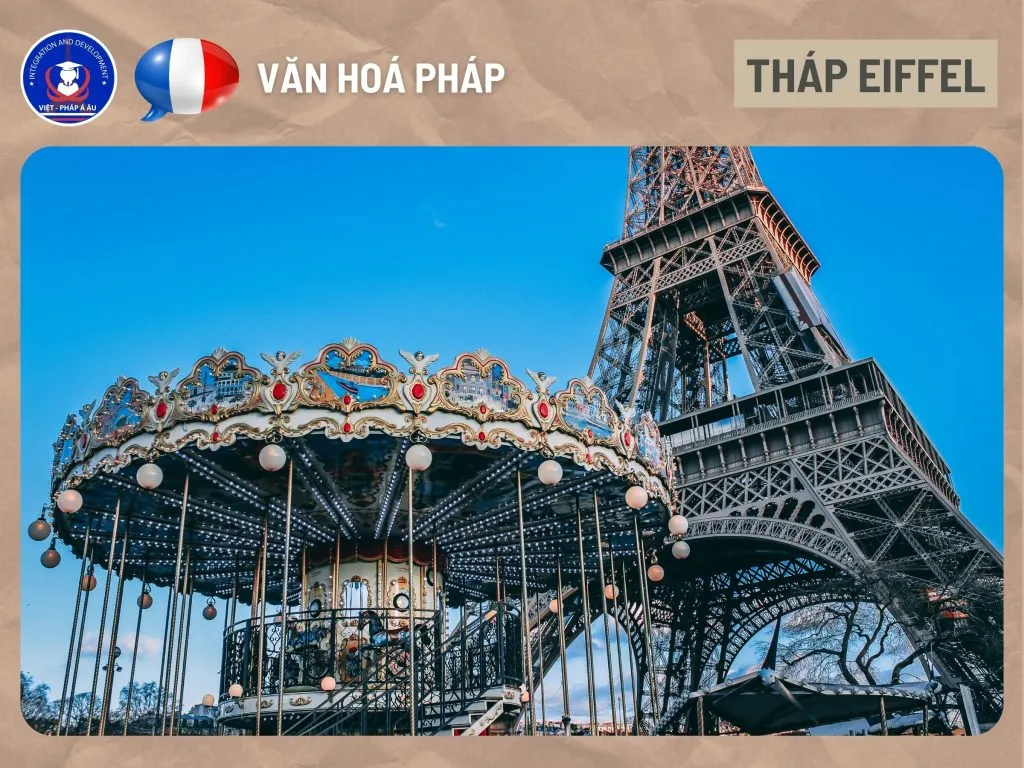The Eiffel Tower, a towering architectural marvel in the heart of Paris, stands not only as a symbol of France but as a testament to human creativity and innovation. Every year, millions of visitors from around the world flock to admire its grandeur and uncover the fascinating history behind this iconic structure. But did you know that the creation of the Eiffel Tower was fraught with controversy and challenges? Join “Wanderlust Adventures” as we explore this magnificent journey, from its initial concept to its status as a global cultural icon.
I. The Birth Context of the Eiffel Tower
In 1884, the French government initiated the idea of constructing a monument to commemorate the 100th anniversary of the French Revolution. The 1889 Universal Exposition in Paris was chosen as the occasion to showcase this project, aimed at asserting France’s industrial prowess and architectural boldness. At the time, using iron, steel, and cast iron in construction was revolutionary, and the Eiffel Tower was expected to be the “highlight” of the expo, symbolizing innovation.

II. The Challenging Construction Process
The construction of the Eiffel Tower, an astonishing feat at that time, took 26 months to complete. Costing over 800,000 francs, the project was lauded for its precision, tight organization, and meticulous design. Remarkably, no accidents occurred throughout the construction process. All details and drill holes aligned perfectly, showcasing superb technical and organizational skills.
However, few realize that the Eiffel Tower was not solely Gustave Eiffel’s creation. The initial concept was developed by senior engineers Maurice Koechlin and Emile Nouguier. After chief architect Stephen Sauvestre refined the design, Gustave Eiffel approved and registered the building rights under his name alongside Koechlin and Nouguier. Eventually, Eiffel acquired full rights from these engineers, gaining sole control over the tower.
III. Unique Structure and Impressive Numbers
Originally standing 300 meters tall, the Eiffel Tower’s height increased to 325 meters with the addition of an antenna, equivalent to a 100-story building. The tower’s iron structure weighs approximately 9,000 tons, constructed from 12,000 metal parts. Due to thermal expansion, the tower’s height can vary with the seasons, growing about 17cm taller in the summer.
The Eiffel Tower features three observation levels that can accommodate up to 10,000 people. Elevators offer access from the ground to the top, or visitors can climb 1,710 steps to the summit. The highest observation deck, 276 meters above ground, covers 350 square meters, offering breathtaking panoramic views of Paris.

IV. The Eiffel Tower’s Levels: Each an Experience
1. First Level
The four legs of the Eiffel Tower form a large square with 125-meter sides. The first level, 57 meters above ground and spanning 4,200 square meters, can hold about 3,000 people. Here, visitors find ticket counters, elevators, and stairs leading to the upper levels.
2. Second Level
The second level features a promenade encircling it, allowing a 360-degree panoramic view of Paris. Telescopes and guides help visitors identify city landmarks. The outer walkway bears the names of 72 notable scientists from the 18th and 19th centuries. Additionally, the Altitude 95 restaurant offers a venue to enjoy cuisine while gazing at the city’s scenery.
3. Third Level
Situated 115 meters above the ground, the third level spans 1,650 square meters and accommodates around 1,600 people. With a glass floor, visitors can peer down to the ground below. This level, considered the prime spot for observing Paris, offers views extending up to 70 km in clear weather. This level also hosts Le Jules Verne, a luxurious restaurant with unique décor and stunning vistas.

V. From Controversy to Global Icon
Initially, the Eiffel Tower sparked significant controversy and opposition from Parisian artists and intellectuals. Many deemed the structure unattractive and unsuited to the city’s historic charm. However, over time, the Eiffel Tower won over the hearts of Parisians and became an indispensable emblem of the city.
Today, the Eiffel Tower ranks among the world’s most enticing tourist attractions, drawing millions of visitors annually. It serves as an inspiration in arts, literature, cinema, and music. Beyond architecture, the Eiffel Tower symbolizes cultural pride and global heritage.

VI. Conclusion
The story of the Eiffel Tower’s creation is a captivating tale of creativity, innovation, and resilience. From bold concepts through controversies and challenges, the Eiffel Tower has emerged as a global cultural icon and a must-visit destination in Paris. Come and explore the majestic beauty of the Eiffel Tower to experience the marvels of architecture and history while creating unforgettable memories of the magnificent city of Paris.